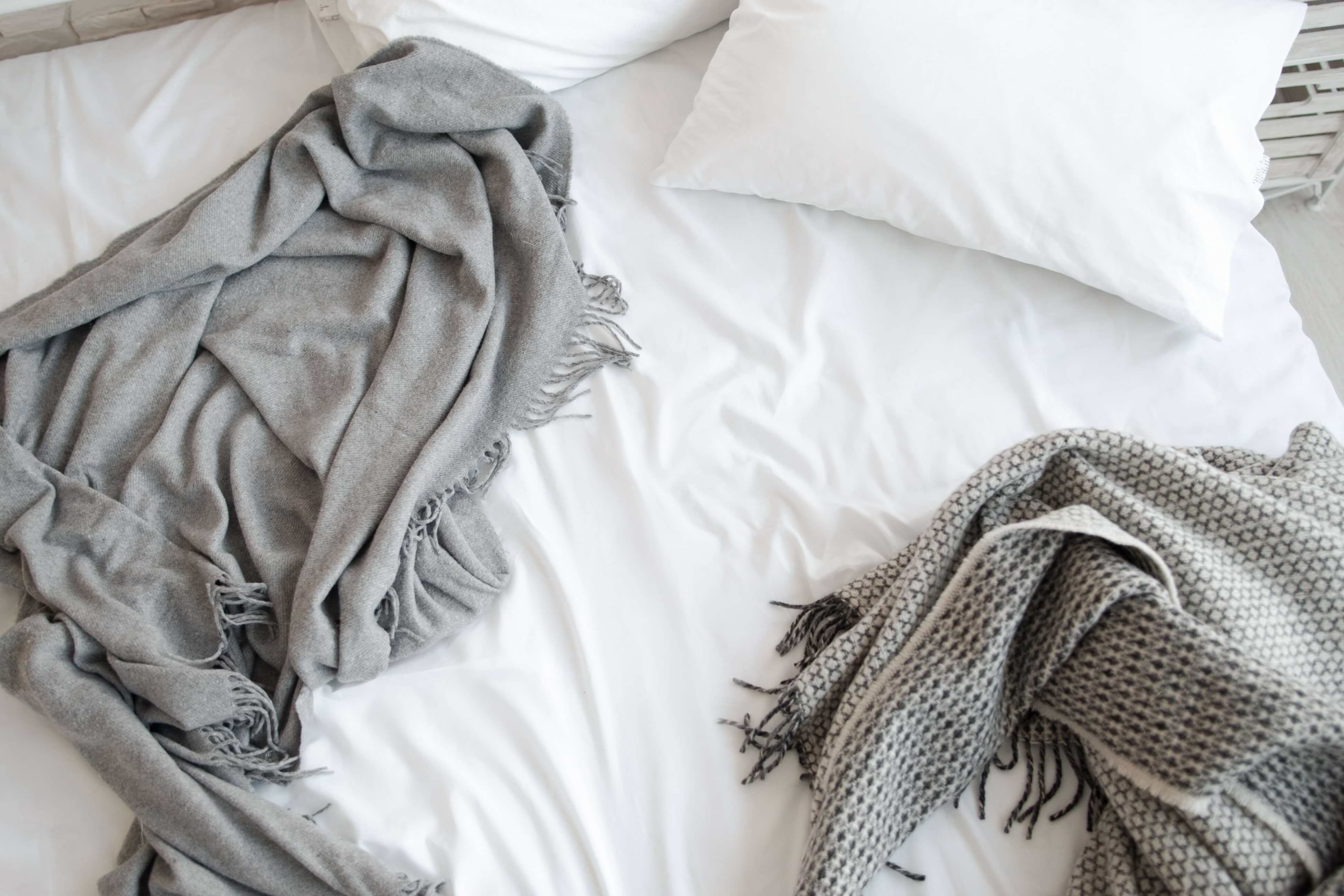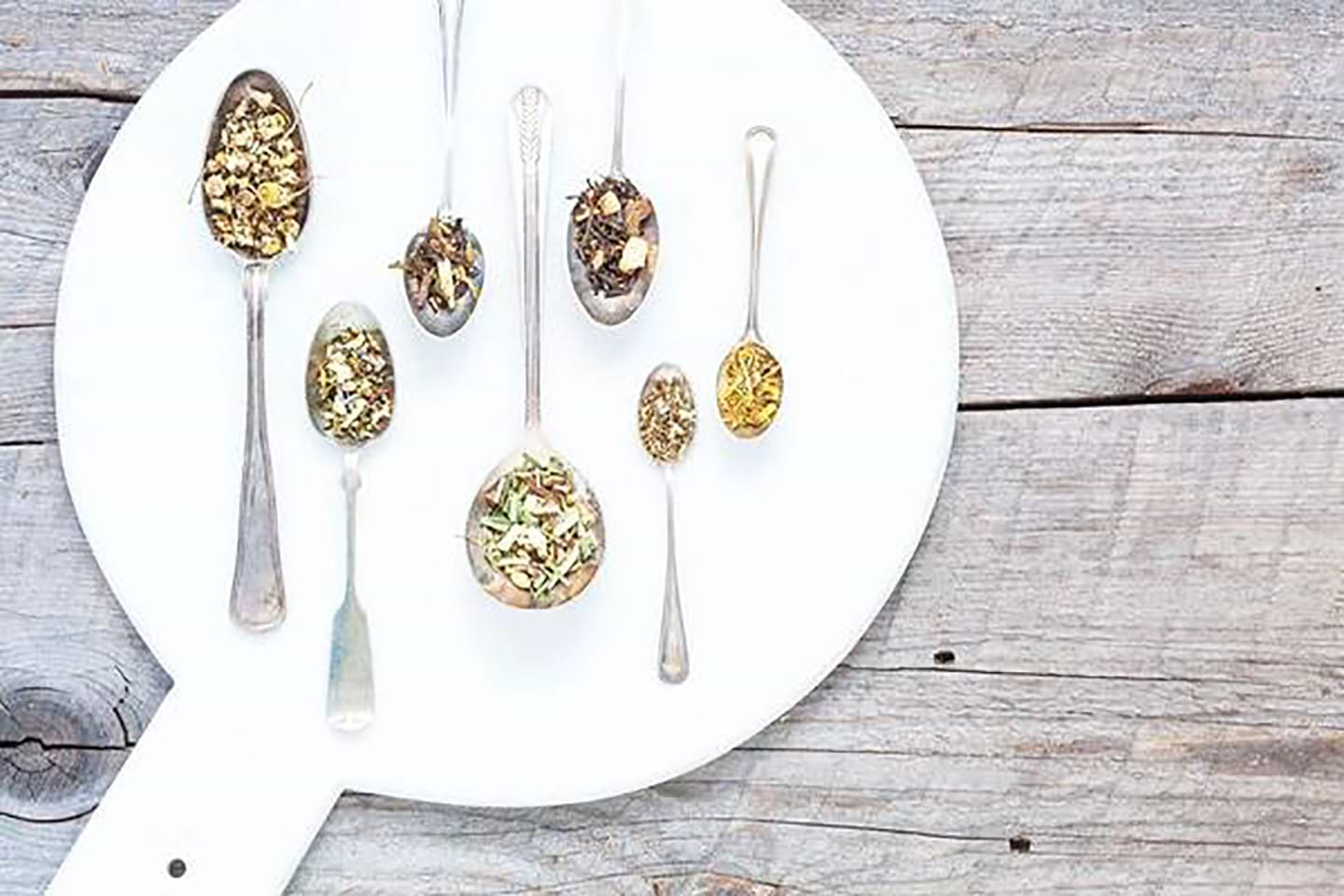Welcome to thoughtful, organic beauty
Hello Joyous is an organic, plant-based, sustainable beauty brand here to bring more joy to your day.
Children who have difficulty relaxing into sleep are a challenge faced by many parents at one time or other. As parents of two children, aged 4 and 7, we have dealt with this ourselves on different occasions over the years.
There are two main facets to this challenge in most households:
It's important to remember that it is okay for children to have difficulty falling asleep (and it’s okay to find yourself frustrated). It is just a stage that will likely occur again in the future, and from a health perspective, is not “the end of the world”.
Time spent helping your children fall asleep can be viewed as “quality time”. There will come a day when you will look back and miss the time that your children wanted as much of your attention as they could get. When your children are grown, you are not going to wish you spent more time cleaning up after dinner or watching Netflix.
With that said, to help them get to sleep, there are a number of “levels of intervention” that should be addressed:
1. Ensuring that sleepiness is not “undermined”
2. Fostering sleep through habits and environment
3. Lifestyle interventions to support sleepiness
4. Use of botanical medicines and other nutritional supplements
Not Undermining Sleepiness
An important consideration in helping children to sleep easily is helping them to be tired at bedtime. This means encouraging them to be active during the day. For children of almost all ages, this means encouraging play and physical activity, as opposed to sedentary activities such as television watching and other types of electronic device use.
From a dietary perspective, be aware of foods that are stimulating in nature. For children, refined sugar is the most common culprit: obvious sources are sweets and soda, but juices are very high in sugar. For example, 200 mL of Allen’s Apple Juice contains 22 g of sugar).
Some “healthy” snacks such as Yoplait Yop® yogurt contains 22 g of sugar in a 200 mL serving (the equivalent of 4.5 poons!).
Older children and breastfeeding mothers should avoid caffeine-containing foods. Caffeine may be found in ice creams, chocolate and sodas. Teenagers often drink coffee, regarded by many parents as a “minor vice”, presumably to be acting “adult”. Many teens, however, do not recognize the effect of caffeine on their body, an obvious obstacle to easy sleeping.
Caffeine consumed by breastfeeding mothers is quickly passed into breastmilk. Although research suggests that up to five cups of coffee daily does not stimulate breastfed children, very young children metabolize caffeine very slowly, meaning it can accumulate in their system.
Create a Routine That Fosters Sleep
It is important to maintain a routine moving towards bedtime, including a consistent bedtime. In our home, we eat meals as a family. On one hand, it means our children eat later than we would like, usually ending dinner around 7:30. We do this, however, because we like the idea of family time before bed, and it also brings us close enough to bedtime that there is not time for other potentially stimulating activities before bed, such as screen time or rambunctious play, or more intense activities, like homework.
Importantly, “screen time” should not be included as part of the bedtime routine as screen time before bed presents a number of challenges to sleeping:

The routine in our home is that after dinner, our children go upstairs to wash their faces, floss and brush their teeth, and put on pajamas while we tidy-up. After this, we read to them for 15 to 30 minutes before tucking them in.
Our older girl has difficulty falling asleep. At “tucking in” time, we remind her that “sleep will come” so that she doesn’t need to worry about how long it takes her to sleep, and assure her that we are available if she needs us, to reduce potential worry and frustration on her part.
An important foundation to bedtime, in our opinion, is to position it as a “pleasure” or something to look forward to.
In many households, bedtime is framed as a punishment. Making bedtime a pleasure, a time for cuddling and reading with mommy or daddy removes the psychological obstacle of having to “do that thing that I don’t want to do”.
Create an Environment that Fosters Sleep
Certain types of environments are more amenable to sleeping than others. Important considerations in a child’s bedroom environment are darkness (complete if possible), comfort and the absence of distractions.
A tidy room, without toys lying around, minimizes the potential for the “I want to play with that” distraction at bedtime.
For older children particularly, using a mobile device has been identified as one of the key reasons that only 90% of Canadian children are not having the recommended amount of sleep nightly.
Complete darkness is ideal as most lighting casts the aforementioned blue-white light. Obviously, children who are frightened of the dark should not be made to lie alone in a completely dark room. If a nightlight is helpful, non-blue-white (usually red or orange) nightlights are an affordable solution.

Use of 100% cotton bedding can be helpful for children who seem very restless in bed as well. Synthetic bedding does not “breathe” and can feel “hot and stuffy”, interfering with the ability to lie still and relax.
Lifestyle Interventions That Support a Good Night’s Sleep
Herbals teas are technically a form of botanical medicine, but a very gentle form. A quick Google search will yield endless recommendations for sleep , but ones we like are:
1. Chamomile – Chamomile has a mild, “kid-friendly” taste, and has been demonstrated to effectively treat chronic insomnia. Please note, children who have a ragweed allergy should not use chamomile.
2. Lemon balm - Also has a “kid-friendly” flavour, and has been demonstrated by research to be effective in reducing symptoms of insomnia. Lemon balm is of particular use for anxious children.
3. Lavender – Lavender has a pleasing aroma that research demonstrates “calms” the nervous system.

Ideally, should not be sweetened if using to promote sleep, but if they are helpful, and your child will only drink them sweetened, sweeten using honey rather than refined white sugar. Honey is often sweeter than sugar, so you can use less.
For children around three years of age, breathing exercises can be an effective way to relax the body and quiet the mind. For younger children, meditation may not be an option, but simple, slowly repeated instruction such as “smell the flower; blow out the candle” can help them practice calm breathing and as a result, become calmer.
Older children might find guided meditations useful. Many are available Online, such as this one that a patient recommended.
Sleep Supporting Practices To Approach with your Natural Health Care Practitioner
The following practice are not necessarily unsafe and are recommendations you may receive if you go to a health store, but in my opinion, should be approached with the help of a naturopathic doctor.
Valerian
Valerian is the plant most commonly included in sleep-supporting and is an effective sedative, but not practical for children as the taste is quite unpleasant. Although side effects are rare, a number of patients have reported to us that if they use too much, it causes them to wake up with hangover-like symptoms.
Melatonin
Melatonin is the aforementioned neurohormone that regulates sleep cycles. In doses up to 6 g, it is considered safe for children to use, however, it's really only a solution for “sleep-phase” issues (i.e. to potentially shift sleep earlier). It is not a solution for children who will not sleep because, for example, they are excited from having watched a stimulating program before bedtime, or from having had a sedentary day.
Melatonin has a range of potential side effects, including aggression, bed-wetting, and nightmares, among many other more serious symptoms. Side effects are of particular concern in children, as they may not be able to accurately communicate symptoms to parents, and as such, parents will not be aware of them.
A final reservation I have regarding melatonin use is that although biochemical tolerance is not a risk, psychologically, the routine of using “sleep medicine” before bedtime trains children to think that “sleep comes from a bottle”, undermining their confidence in their own ability to fall asleep.
Summing It Up
These are the ways that we have been managing our children’s sleeping naturally for the past seven years, and the starting points of how I recommend parents to support their children who are struggling with sleep.
1. Have an active day and avoid stimulants as bedtime approaches.
2. Create a sleeping environment for your child that is dark and distraction-free.
3. Develop a consistent, calm routine as bedtime approaches, including reassurance, family time and perhaps tea
4. Avoid the use of electronic devices and television
What have you found to be most effective in supporting your child's sleep naturally?
Great article, thank you! With recent studies that have emerged, what are your thoughts on essential oils in diffusers for assisting with relaxation?
ReplyHey Vanessa, Diffusing specific essential oils to aid in relaxation can definitely be helpful! I would just make sure you're sourcing high-quality essential oils. Is there a specific study you're referring to? Rachel - Joyous Health Team
There were recently in the news studies trying to link lavender to boys developing breasts and disrupting hormones?? I use saje oils but not sure these are the purest form...thx Rachel
ReplyHey Vanessa, We'd have to dive a bit deeper into the research but it looks like they used a process where they extracted the chemical and put it directly into a cancer cell which would provide a much different dose than how we typically use lavender or tea tree essential oils in a diffuser and whatnot. We will have to look deeper into the research though before providing a more thorough comment on it. Rachel - Joyous Health Team
nice work good blog and great post...thanks for interesting info....
ReplyyesHey Vanessa, We'd have to dive a bit deeper into the research but it looks like they used a process where they extracted the chemical and put it directly into a cancer cell which would provide a much different dose than how we typically use lavender or tea tree essential oils in a diffuser and whatnot. We will have to look deeper into the research though before providing a more thorough comment on it. Rachel - Joyous Health Team
ReplyIt is very informative article for health.Thanks you- Joyous Health Team
ReplyHappy you found it to be helpful :) Rachel - Joyous Health Team